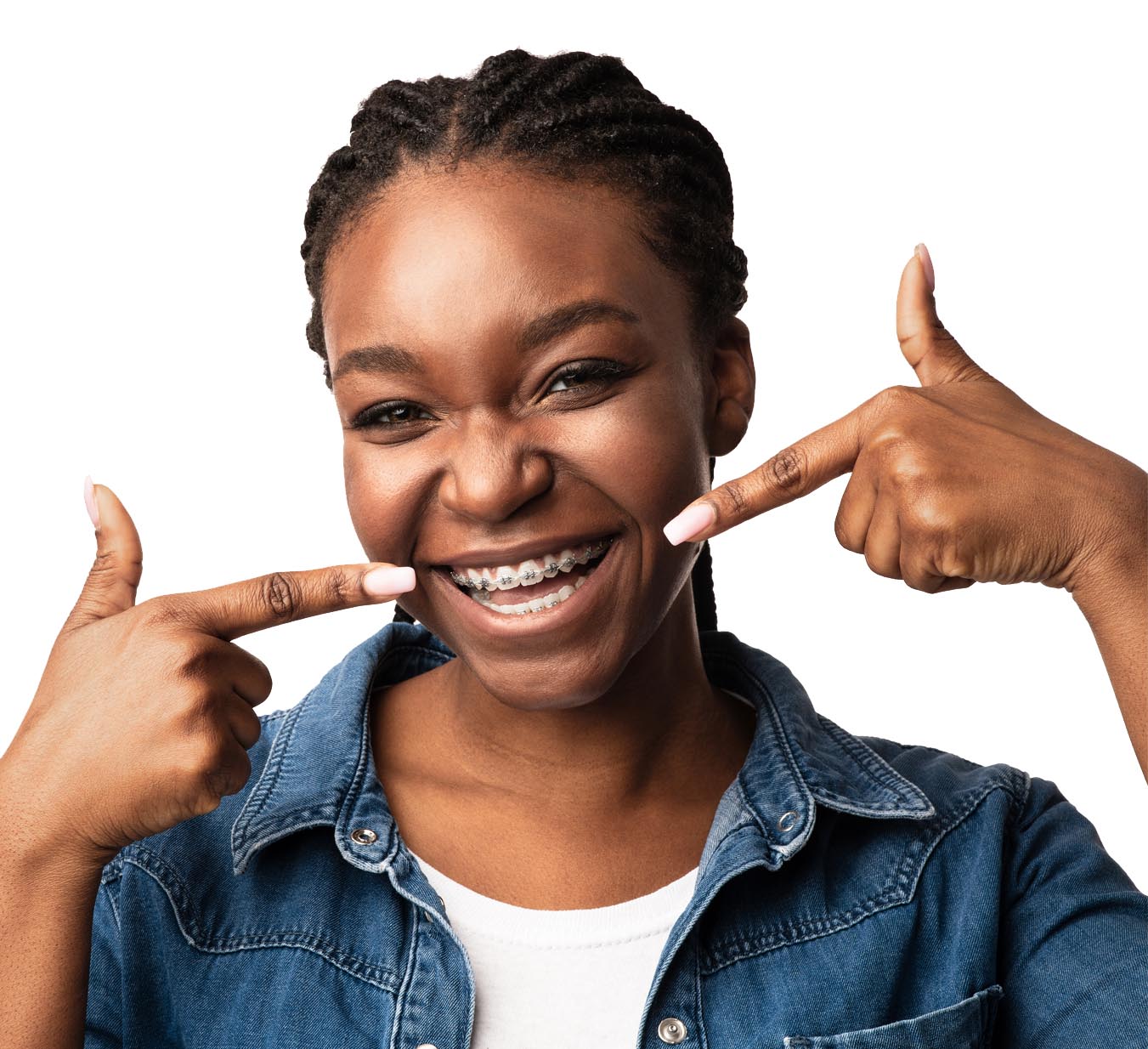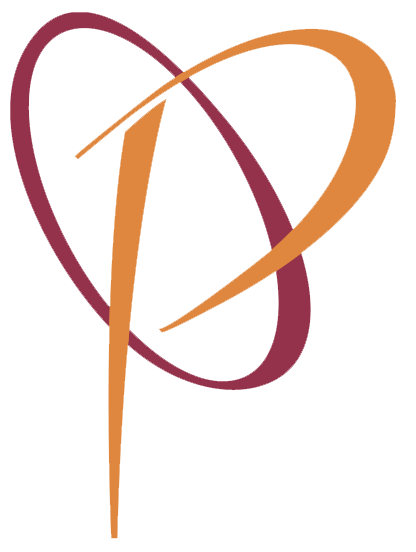Traditional Braces
Traditional braces are one of the most commonly used methods for correcting misaligned teeth and jaws. They consist of metal brackets and wires that are bonded to the teeth, which apply gentle pressure to guide the teeth into the desired position over time.
01. Why choose traditional braces?
Traditional braces are highly effective in correcting a wide range of orthodontic issues, including misaligned teeth, overbite, underbite, and crossbite.
They can also improve the overall aesthetics of the smile and boost self-esteem and confidence.
Traditional braces are a tried and true method of orthodontic treatment, with a long history of successful results.
02. What malocclusion types can traditional metal braces treat?
Traditional braces can be used to treat a wide range of orthodontic issues, including the following types of malocclusion:
Crowding: This is a condition where there is not enough space for all the teeth to fit comfortably in the jaw. Crowding can be caused by a variety of factors, such as genetics, small jaws, or large teeth.
Overbite: Also known as "buck teeth," this is a condition where the upper front teeth protrude over the lower front teeth.
Underbite: Also known as "bulldog teeth," this is a condition where the lower front teeth protrude out in front of the upper front teeth.
Crossbite: This is a condition where the upper and lower teeth do not align properly when biting down.
Open bite: This is a condition where the upper and lower front teeth do not touch when the back teeth are biting together.
Spacing: This is a condition where there are gaps between the teeth caused by missing teeth or teeth that are too small.
03. What can you expect during traditional braces treatment?
The first step in traditional braces treatment is a consultation with one of our experienced orthodontists. During this appointment, we will assess your needs and create a personalized treatment plan.
The next step is to have the braces bonded to your teeth. This process typically takes around an hour and is performed under local anesthesia to minimize discomfort.
Once the braces are in place, you will need to return for regular adjustment appointments, typically every 4-8 weeks. During these appointments, the orthodontist will adjust the wires and brackets to apply the appropriate amount of pressure to the teeth.
The duration of treatment can vary, but most patients can expect to wear traditional braces for 18-24 months.
It's worth mentioning that traditional braces are not recommended for patients with severe malocclusion, in this cases a combination of treatments may be needed, such as traditional braces combined with jaw surgery. A proper diagnosis and treatment plan is important to achieve the best results.
Crowding of the teeth
Spacing
Overbite or underbite
Crossbite
Open bite

At Orland Park Orthodontics, we understand that the thought of traditional braces can be daunting for some patients, but we assure you that we will make sure that the process is as comfortable and pain-free as possible. Our team of experienced orthodontists and support staff are dedicated to providing the highest level of care to each and every patient, and will work closely with you to achieve the best possible results.
If you have any questions about traditional braces or would like to schedule a consultation, please don't hesitate to contact us. We look forward to helping you achieve the beautiful, healthy smile you deserve!
Free download resources
By helping with daily activities, our caregivers enable clients to maintain their normal daily routines. Hourly home care allows clients to use our caregivers on an hourly or as-needed basis.







